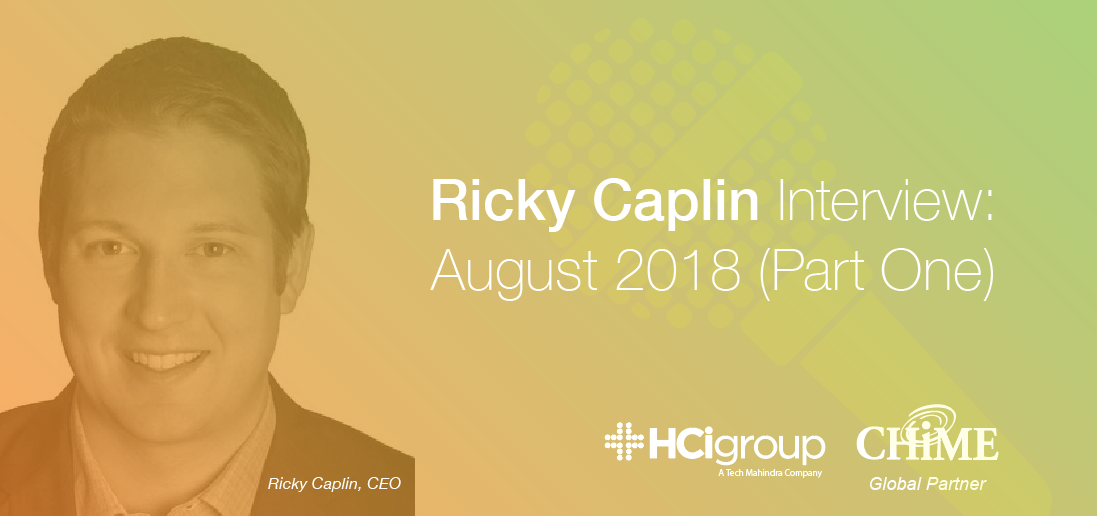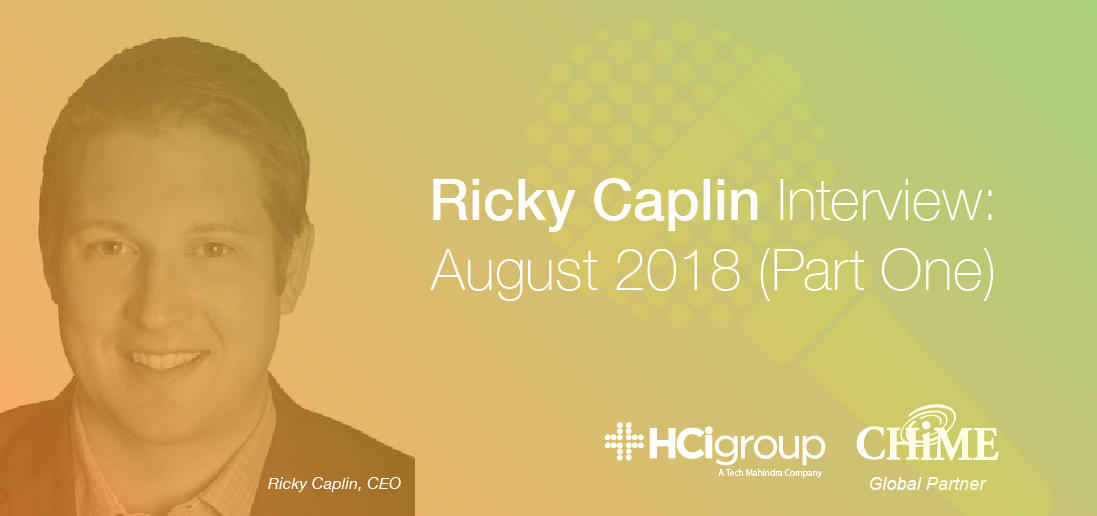Ricky Caplin Interview - August 2018 (Part One)

Are there common challenges that span healthcare organizations around the globe? If so, what are they?
Caplin: Many healthcare organizations around the world share similar challenges, as well as differences. Improving access, quality and experience are at the forefront of the global healthcare agenda. In the United States, the improvement of preventive care, population management, evidence-based care, patient/consumer experience, access to care, interoperability, waste management and streamlining operations/costs are all areas of heavy focus. There are nation’s leading the way with preventive care, but some of those same countries are challenged with technology enablement.
Healthcare is a consumer-based business, yet the amount of effort placed on consumer experience and quality in retail is tenfold that of healthcare. To improve financially and operationally, healthcare organizations should focus on retaining & recruiting patient populations and organizational talent. Globally, access to care is a challenge and the talent shortage of clinicians is evident. Patients are placing precedence on pricing transparency, reviews, experiences and relationships when deciding where to receive care. As a healthcare IT company, we are focused on bridging the gap of access and quality while also reducing costs through technology.

Do these challenges fall into discrete categories, for instance, technical, institutional, cultural, or do they tend to overlap?
Caplin: Historically, the pillars of healthcare organizations work in silos. The support entities need to work in tandem to achieve better care for the patient, which ultimately touches the patient’s wellness. If we categorize our supporting entities within an organization as separate silos, we lack the input from those it affects. Our organizational design experts are driving solutions to drop the walls of secrecy by redesigning how healthcare organizations look, collaborate, govern and respond to challenges. For example, if an organization suffers an outage, and downtime procedures aren’t in place, it isn’t just an IT issue, it’s enterprise-wide. Leading organizations across all industries, including healthcare, are changing how they operate in open models and are seeing incredible operating capability advances.
Is there an overarching approach to addressing such challenges or should it be customized to each situation?
Caplin: There are overarching ways to address these challenges, but it also depends on customization for each situation. As an organization, we learn from experience on past engagements and projects so that we can apply methodology to new situations. All methodology and solutions receive customization at some level.
Have these challenges changed over time or have new ones emerged in recent years?
Caplin: As the world evolves, so do the challenges of delivering healthcare. The basis of patient care has never moved, however the challenges around care have diversified and grown in complexity. As an example, security has become a major concern of healthcare organizations. The key is to get out in front of the challenges by forecasting. We are getting better as an industry at being proactive, rather than reactive with our challenges in healthcare, but there is always room for improvement.
You can continuing reading part two here.


